Published November 14, 2019
Those of us who have visited the Great Lakes Region may take for granted the large, peaceful, and undefended border between Canada and the United States.
This has not always been the case, as the following look at the War of 1812 will illustrate.
Unlike the name suggests, the War of 1812 did not just take place in the year 1812. It actually took place from June 1812 to February 1815. The battles themselves played out, predominantly, in the Great Lakes Region.
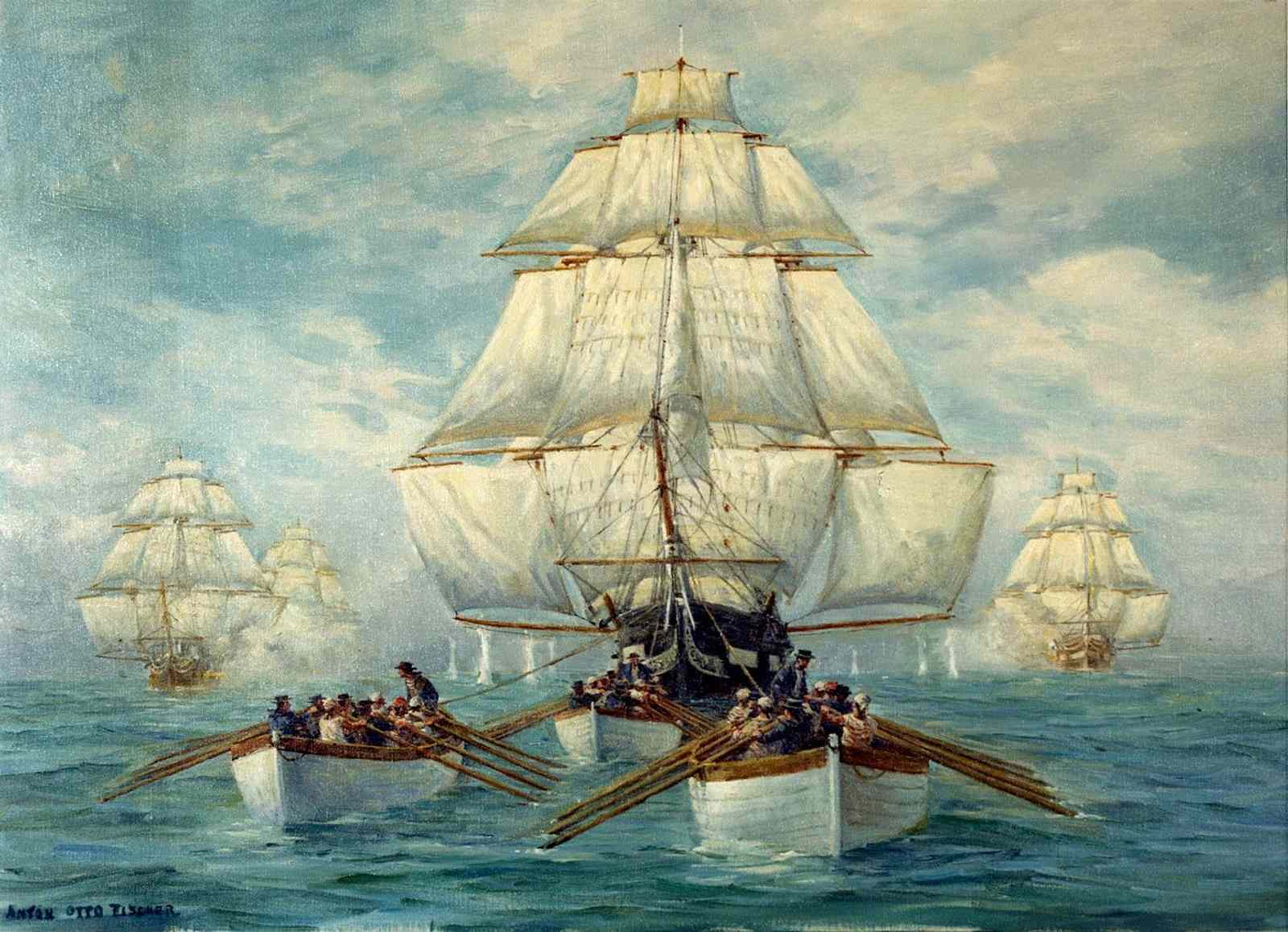
A bit of background on the War of 1812
The War of 1812 was an unfortunate by-product of a European conflict (the Napoleonic wars which began 1803 and ended in 1815). Historians suggest that there are four main causes of the War of 1812, two of which help to explain why it took place (largely) in the Great Lakes Region.
First, Britain was in the midst of prolonged hostilities with France. These precarious foreign policies began to have an impact on the newly founded United States of America.
The Royal Naval blockade of European ports interfered with American trade. The Royal Navy even went so far as to stop American ships, board them, and pressed American sailors into its service.

Both of these policies were the result of Britain’s struggle to gain the upper hand, economically and strategically, against Napoleon.
But, of course, they both surprised and angered the Americans. Since the Paris Peace Treaty (which settled the American Revolution), the Americans had enjoyed favourable terms with its former mother country.

The United States was also aggravated by the reluctance of the British to depart from trading posts in western territory ceded to American control after their revolution. In fact, the British offered the type of assistance to First Nations and Métis peoples that impeded American western settlement.
In the midst of the growing anxiety with Britain, some Americans considered the poor relationship to be an opportunity to expand its territory northward. They planned to welcome former inhabitants of the 13 colonies (who lived in British controlled land in North America) into the fold of the independent American republic.

For these reasons, American President James Madison declared war against Britain on June 18, 1812; a war that is sometimes referred to as ‘the Second War of Independence’.
Something many people do not realize about the war is the extent to which First Nations and Métis people participated. A majority of First Nations people strategically united with British forces, because they viewed the British as the lesser of the two evils. While America was interested in expansion, Britain merely wanted to maintain the–albeit not ideal–status quo regarding territories and trading.

Over twenty four native nations were involved in the war, and over 10,000 First Nations warriors (primarily from the St. Lawrence Valley and Great Lakes Region) fought in almost all major battles.
Did You Know?
Why was the War of 1812 fought in the Great Lakes region?
There were several advantages for the British fighting this war in the Great Lakes area.
British administrative and military presence remained in Upper and Lower Canada (known today as Ontario and Quebec, respectively). Many American citizens had moved into this area and their loyalties were not assured.
There were many other settlers, known as the United Empire Loyalists, who had fled the 13 Colonies (the new United States) during and after the American Revolution. These Loyalists showed their gratitude for the free land and protection from the ‘rebels’ by supporting the British cause.
The militia, made up of local settlers, knew the land and could wield guns. They could fight under British command and thereby free up much of the regular British army to continue its fight in Europe.

Britain also had an ally in the French citizens of Lower Canada. The British government, in the years following their victory over the colony of France, had guaranteed their language, religious, and civil law rights. Had these French Canadians supported the Americans, they risked assimilation.
First Nations and Métis would fight in support of the British as a means of continuing to deter American settlement in the west. They knew the land of the Great Lakes region well, far better that many American fighters who had not, in any great numbers, explored the area.
The role of the Great Lakes in the War of 1812
During the War of 1812 the Great Lakes played a crucial strategic role. Since the lakes bordered the United States and British North America, they were used by both sides of the conflict to attempt to gain control over the region.
There was recognition that land-based communication and travel was immensely difficult- roads were rough or non-existent. Acquiring command of the waterways, the Great Lakes and the St. Lawrence River, was paramount to victory.

Naval power would be key, especially on Lake Ontario, Lake Erie, and Lake Huron. Military personnel, equipment, ammunition, and provisions which travelled along the St Lawrence and the Ottawa River to Georgian Bay were also vital.
It is interesting to note that battles of this war occurred during a two year period between 1812 and 1814 and yet during that relatively short period, a great naval arms race occurred. When the war began, the American Navy had only one brig and the British, in spite of its centuries old navy, had no official naval vessels on the Great Lakes.
Intense battles would occur and both sides would scramble to build their respective navies out of the wilderness of the Great Lakes region.

Did You Know?
Perhaps surprisingly, the fledgling American Navy quickly became a threat to the Great British Navy and as a result, there were many major and minor battles in the Great Lakes over the course of the War.
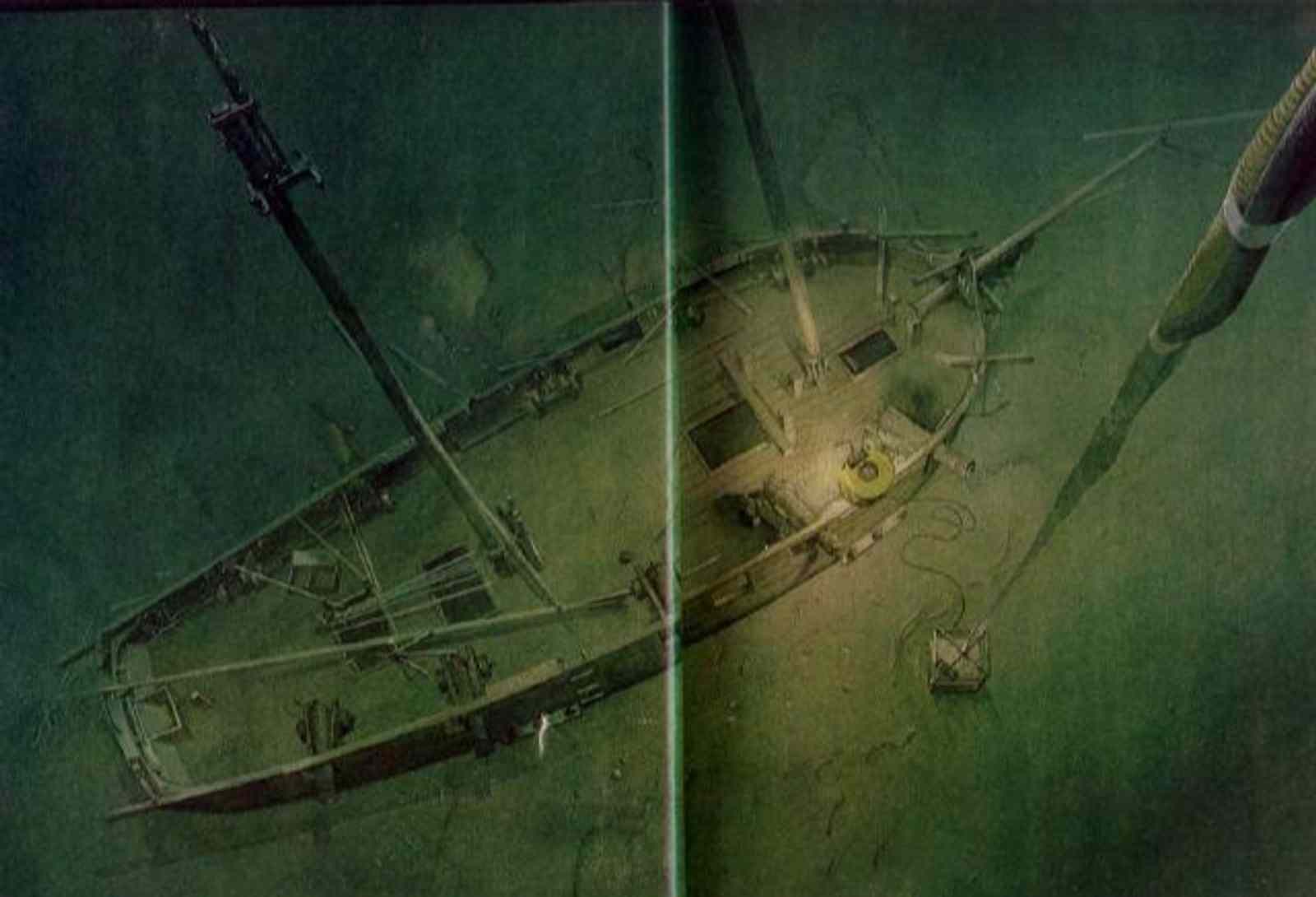
Did You Know?
In order to address the control of Lakes Erie and Ontario, American Commodore Isaac Chauncy was appointed to command on the lakes. At the same time, Captain James Lucas Yeo was appointed to command the British navy on the Great Lakes. He was named the commodore (a rank which is superior to a captain and which denotes an officer commanding multiple ships at a time) of the fleet on Lake Ontario.

The two commodores would go onto circle one another on the lakes, but rarely engaged in battle. They were once described as two dogs, circling and growling at one another, but never biting.
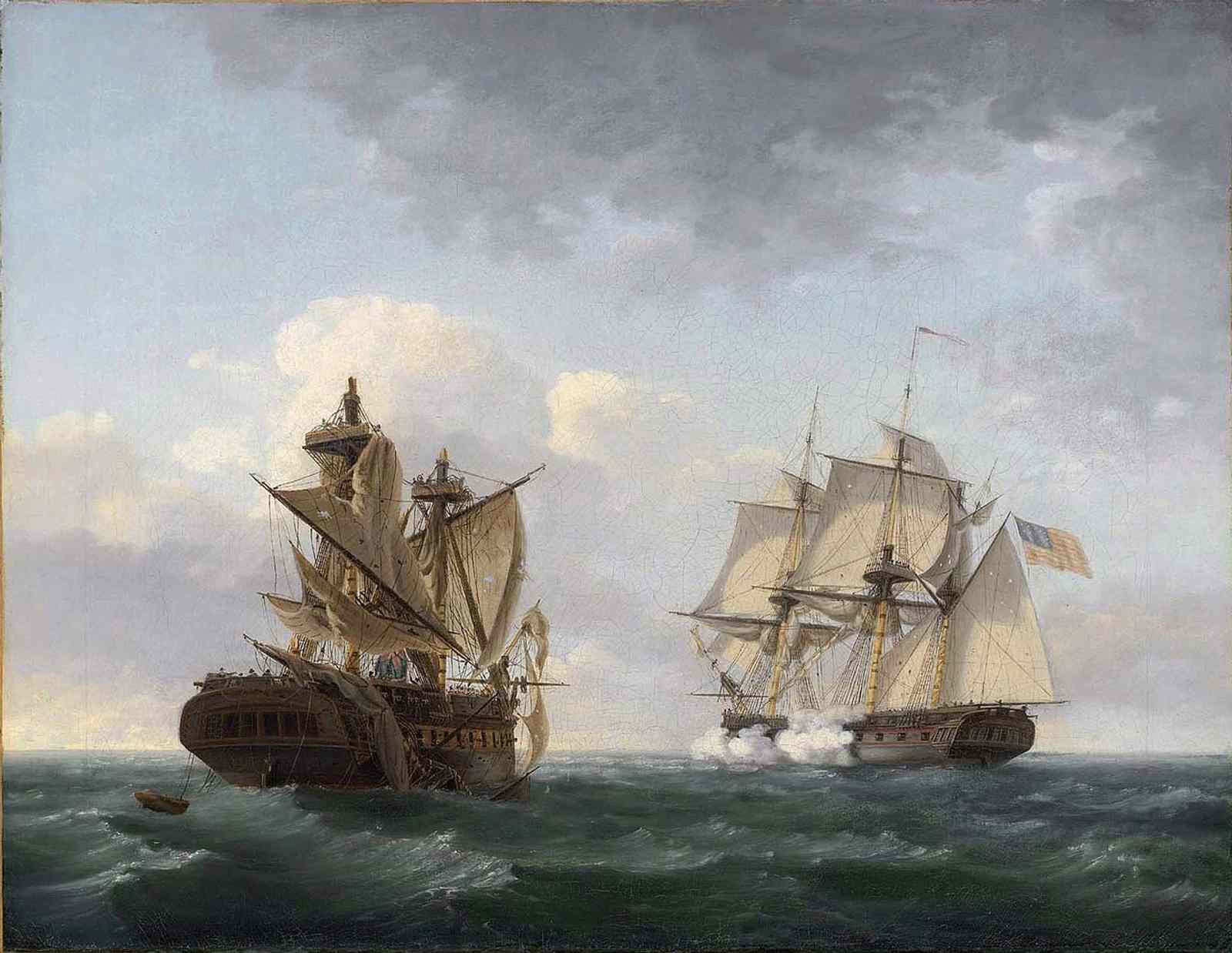
Did You Know?
A little island with a big role
One small island at the eastern end of Lake Ontario played a notable role in the war, particularly for Commodore Yeo. That Island was Main Duck Island, or ‘The Ducks’ as it was referred to when grouped with the surrounding small isles.
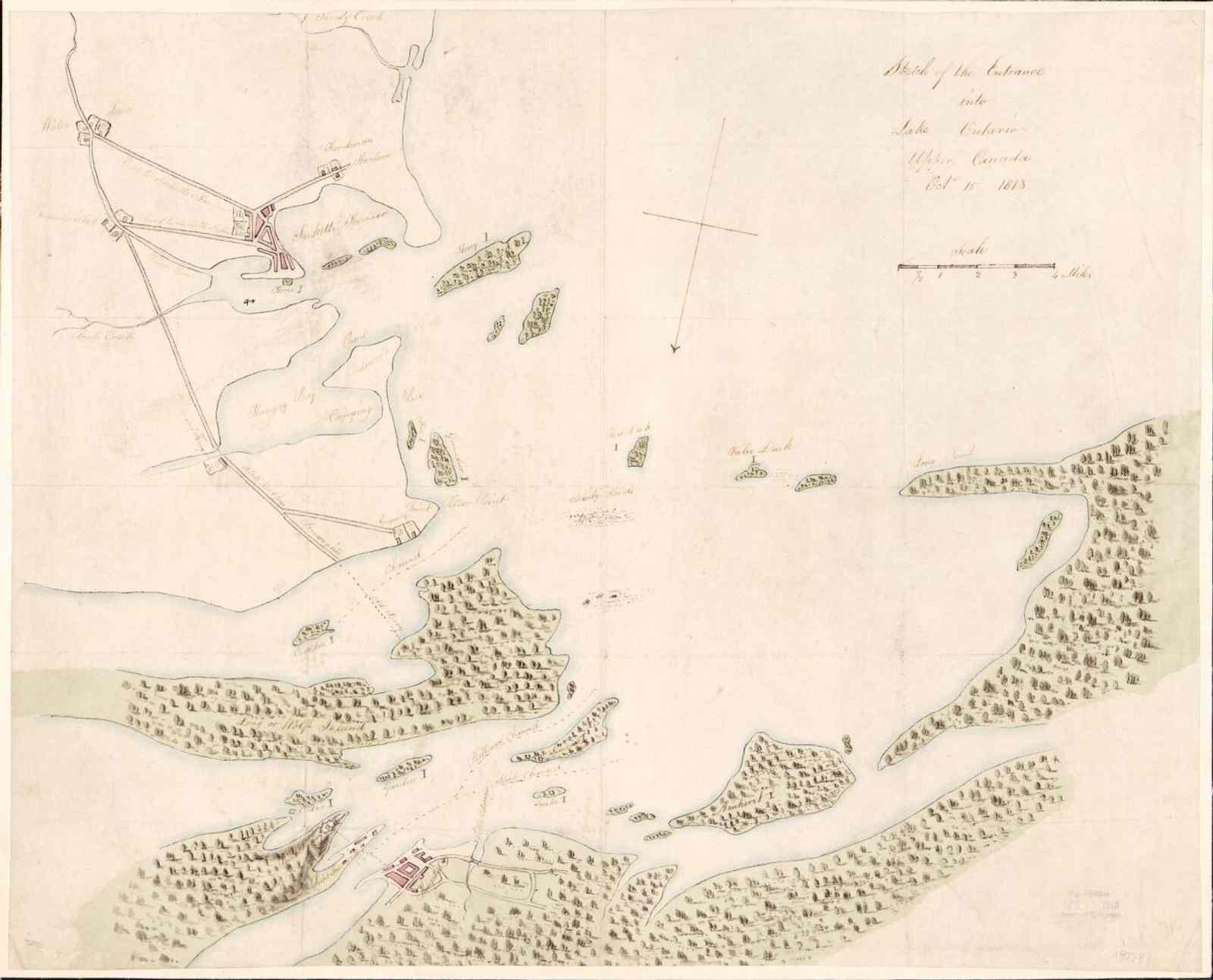
The Ducks were originally held by the British for the Alnwick tribe of Indigenous people (part of the Mississaugas of Alnwick), but was also used by local fishermen and farmers.
In the fall of 1812, The Ducks made their first notable appearance in the War. Chauncey commanded his American fleet to leave Sackett’s Harbour to seek out the HMS Royal George (a 100-gun first-rate ship belonging to the British Royal Navy).
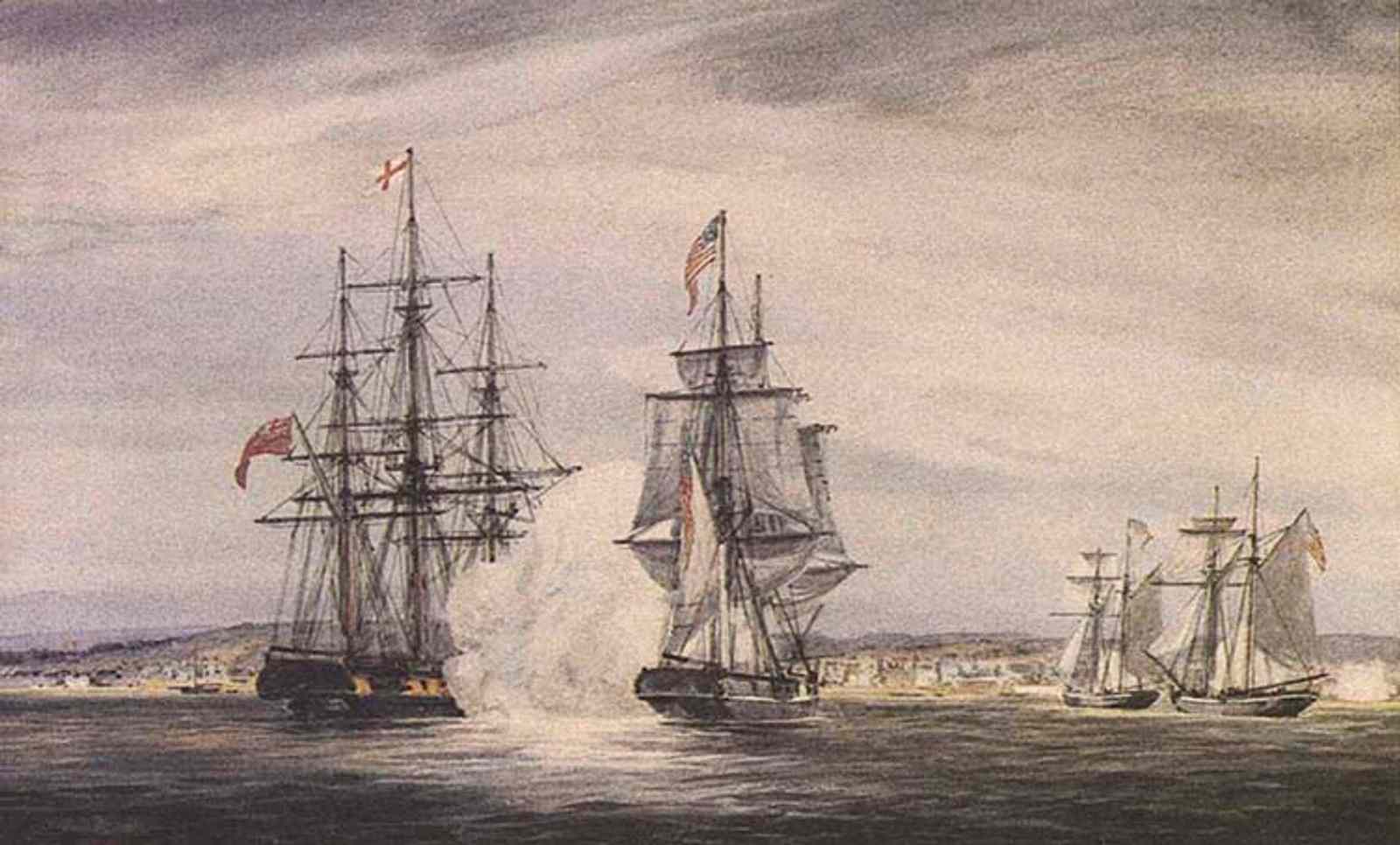
It was near the Duck Islands that Chauncey and his men found the British ship and pursued her into Kingston harbour. But there, the British were waiting, ready to defend the Royal George against the American forces. In the end, the Americans were pushed back.
Later on, Main Duck Island turned into the perfect hiding spot for Sir James Lucas Yeo. In the fall of 1813, Yeo took shelter on the island after a battle with Commodore Isaac Chauncey.

Main Duck Island also witnessed the HMS St. Lawrence (the most powerful sailing ship that the western world had seen at that time) first enter Lake Ontario. Built in Kingston, Ontario in 1814, the HMS St. Lawrence was a 112-gun first-rate wooden warship of the British Royal Navy. It was the only ship of its kind that was first sent afloat in freshwater and operated solely in fresh water for the course of its use.

An end to the war of the Lakes
The HMS St. Lawrence was tasked with amending the poor state of the Royal Navy on Lake Ontario, compared to the United States naval forces (particularly regarding the ships commanded by Isaac Chauncey). The HMS St. Lawrence's appearance on Lake Ontario put an end to all naval activity, and the ship left the war never actually having participated in battle.
The war ended in a stalemate, with neither side truly being considered a ‘winner’. Essentially, once the Napoleonic wars ended, the issues that had upset the Americans disappeared.

Peace negotiations commenced in August 1814, and by December of that same year, the Treaty of Ghent officially ended the War of 1812. A new era of peace between Britain and America began.

All land that had been gained by either side was given back to its original owner. The exception to this, of course, was the Indigenous people, who in the years that followed would experience horrific losses not only of land but also of their culture. Their losses are only made more staggering in light of their vital role in the war.
The Iroqoius were indispensable during the Battle of Beaver Dams, the Ojibwa and Dakota at the Battle of Michilimackinac, and the Ojibwa, Odawa, Pottawatomi, and Shawnee during the taking of Detroit.
First Nations warriors fought at the Battles of Ogdensburg and Crysler’s Farm as well. Without the joined power of the Mohawk, Wendat, Algonquin, and Abenaki, the British Army may not have been able to eject the Americans at Chateauguay.
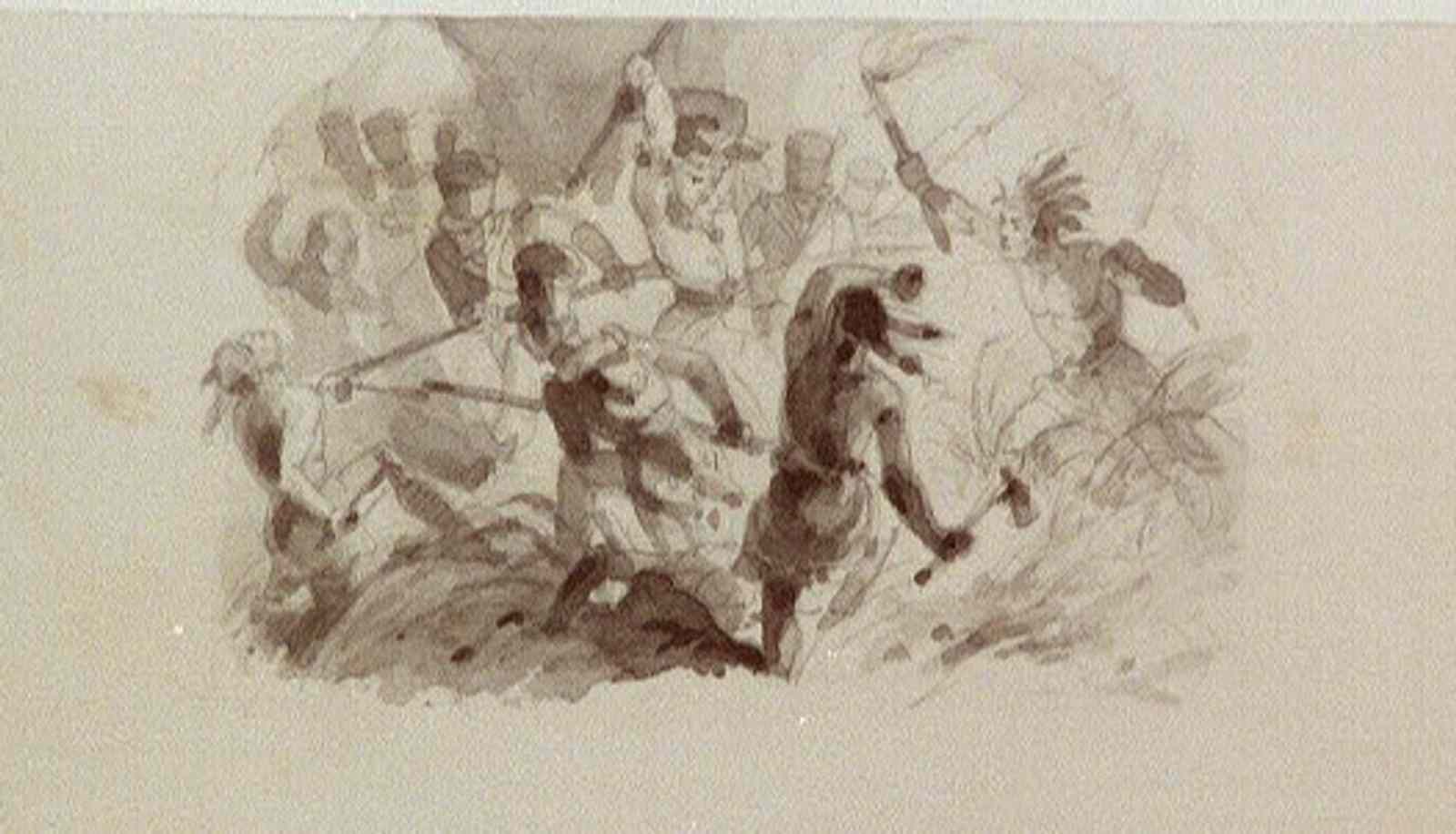
In the 200+ years since, citizens and historians of both Canada and the United states have debated issues surrounding this conflict. Was the war inevitable? Which strategies won or lost battles? Who were the heroes? What are the myths? What impact did the war have on national identities? What, if anything was gained by this war?
There are no simple answers to any of these questions. What we do know, however, is that the War of 1812 would have been a very different affair without our five shared lakes.
Perhaps it really should have been called ‘the War of the Great Lakes’.

